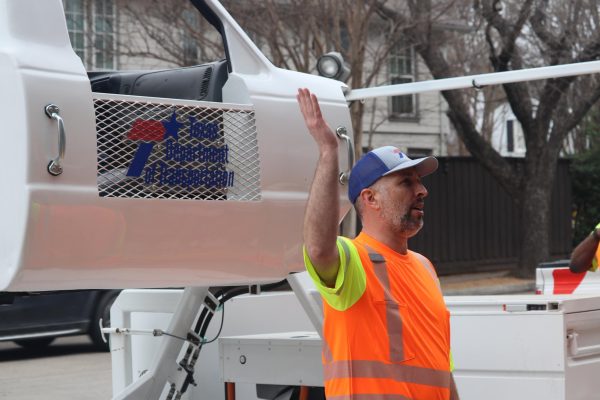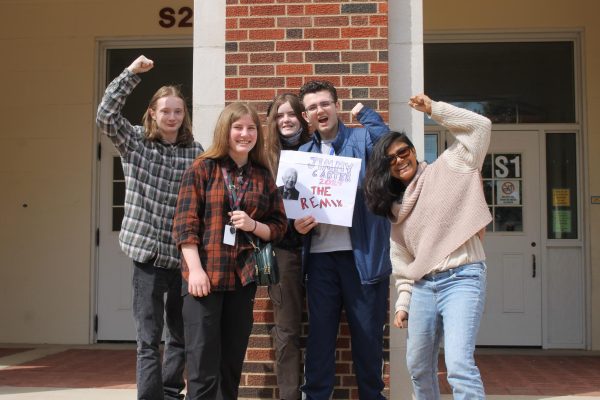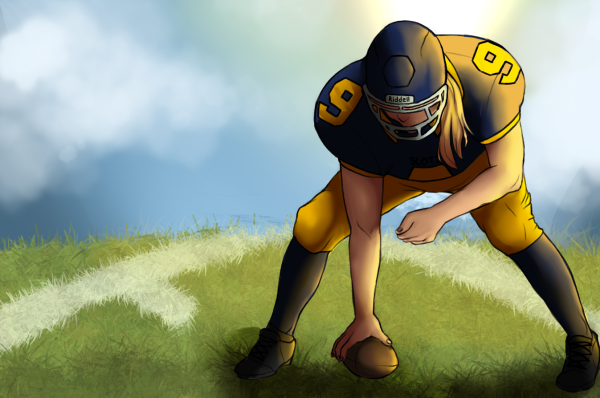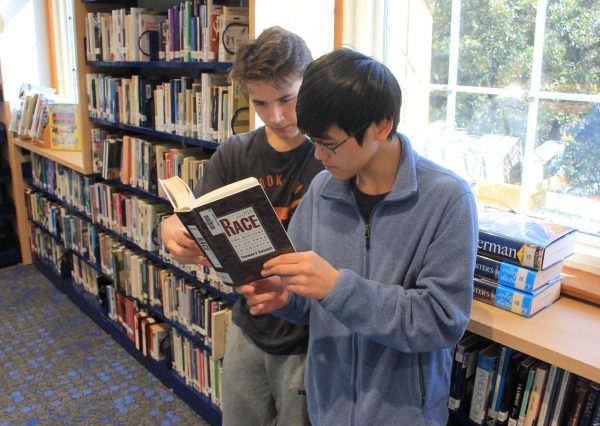California wildfires
With almost 1,000 homes destroyed, hundreds of buildings burned, thousands of people evacuated and two dead, the Thomas fire has no intention of stopping. The fire, which began on December 4th, has steadily climbed its way to one of the worst in California’s history. It has burned over 250,000 acres, almost eight and a half times the size of San Francisco. The Cedar fire, which was the largest fire in California’s modern history, burned 272,000 acres, but Thomas fire is expected to surpass a 300,000 acre estimate. The Santiago Canyon fire, which occurred in 1899, has not been surpassed in over 100 years, but burned just over 308,000 acres. Thomas fire will likely pass this as well.
Part of the reason is that southern California hasn’t had rain in over 250 days, and is expecting rain on December 30th at the earliest. Until then, firefighters must try and contain the rapidly-spreading fire as much as they can, though it is burning up the area. California has had extreme winds spreading around the fire, with a 35% containment, but the number is constantly fluctuating.
The Santa Ana winds, strong and dry winds that go towards the coast, have been fanning the Thomas fire. These winds infamously facilitate the spreading of wildfires, but normally only blow for a few days, with firefighters being able to contain fires once the winds slow down. But, because these winds have been blowing much stronger and for longer than usual, it has spread the fires much more and for much longer than other wildfires.
“This fire is occurring during a Santa Ana wind event that apparently isn’t even over yet,” said Jon Keeley, a research ecologist with the U.S. Geological Survey and an adjunct professor at UCLA in an interview with the Los Angeles Times. “The longer the Santa Ana winds blow, the larger the fire grows. That’s an important characteristic of the Thomas fire.”
Researchers also think that the spreading of fires is correlated with drought and the condition of the land. When there is a drought, there is a lot of withered plant life throughout the region, which is both lifeless and extremely dry. This makes it flammable and causes fires to spread much faster. And southern California hasn’t had rain in months.
“I suspect there must have been a lot of dead vegetation and that enhanced that fire,” Keely said.
The fires are expected to get closer and closer to the coast and firefighters are doing everything they can in order to stop them from going that far. But, until it rains, substantial containment cannot be made. Californian officials, who live in lands extremely susceptible to fires, have begun to rethink the way they approach the situation.












